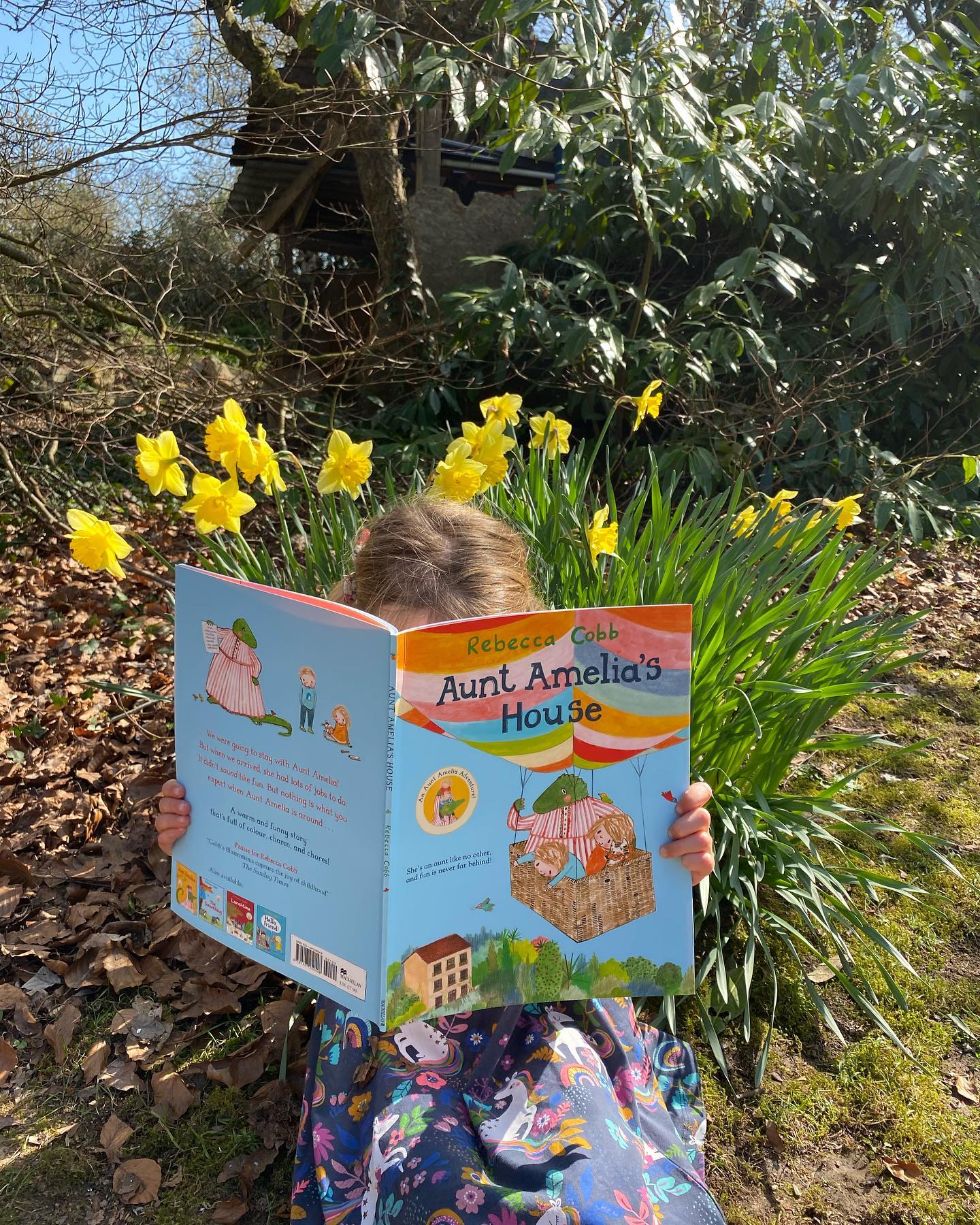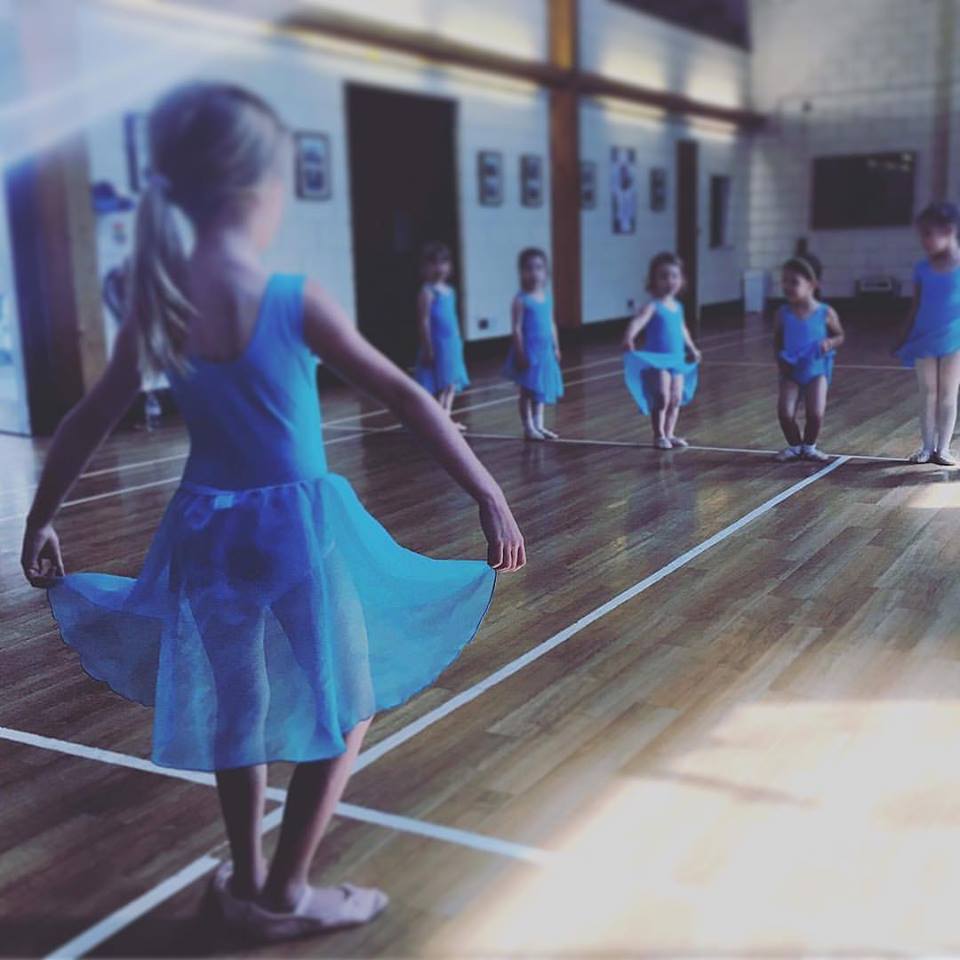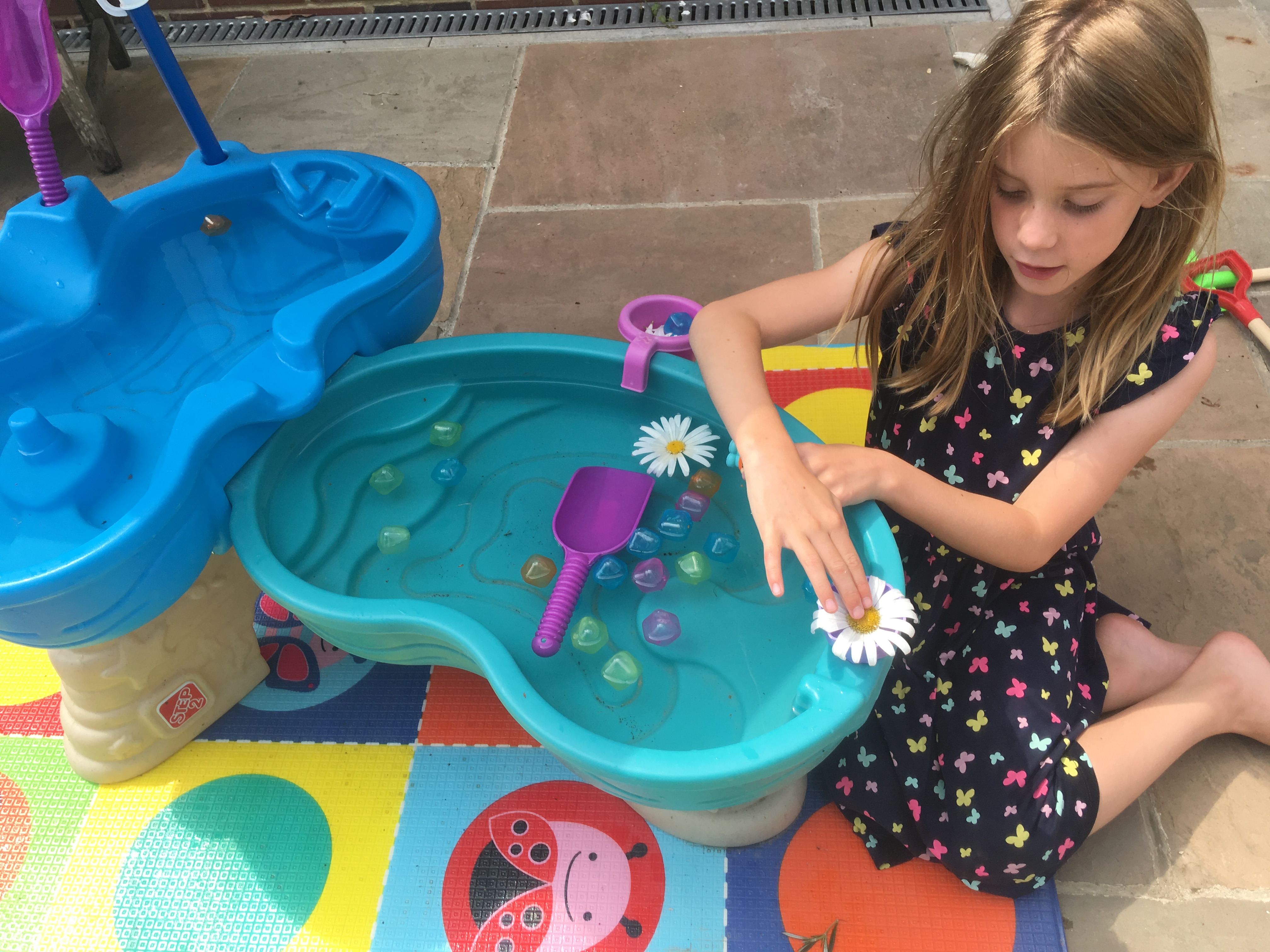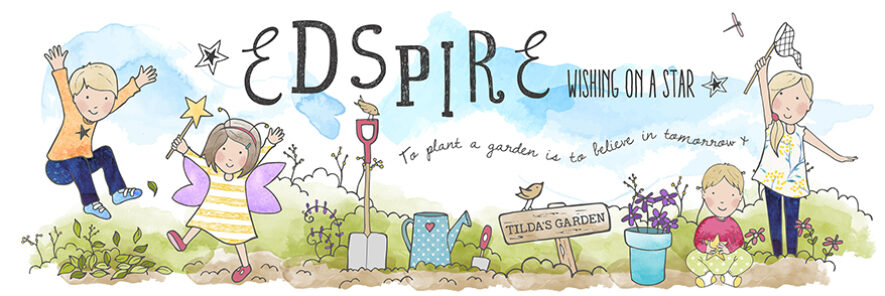This is a sponsored post
All children have a unique way of processing and absorbing information. This is called a learning style. There are a range of learning styles, but the main three are auditory, kinaesthetic, and visual. By figuring out which of these learning styles is most suited to your child, you will be in a better position to help them succeed, both academically and on a personal level. This is because you will know how to relay information to them in the most appropriate way. For instance, if they are a visual learner, you can explain something to them using diagrams. I have teamed up with a senior school in Surrey to explore each of the learning styles in detail.
Visual Learners
If your child seems to enjoy reading and likes to use colours and images when studying, they’re probably a visual learner. They tend to need visual cues to help them understand and process information, rather than having it explained verbally, and they will be easily distracted by sounds. When learning new words, flash cards will help visual learners, because they like to see what they’re learning. If you think your child is a visual learner, encourage them to sit at the front of the class so that they can easily see the board, and have their eyesight checked regularly.

Auditory Learners
Auditory learners absorb information by listening carefully. They respond better to verbal instructions, rather than written ones and they might read aloud so that they can hear the information. If your child is an auditory learner, you might notice them humming or chatting when they’re bored. They might be drawn to things like podcasts or the radio as a source of entertainment, as opposed to curling up with a book.

Kinaesthetic Learners
If your child is a hands-on person, who likes to move around and touch things, they might be a kinaesthetic learner. This type of learner tends to use hand gestures when talking and they might fidget and tap their pen while learning. They might be drawn to physical subjects at school, like art, PE or drama, as they involve lots of movement. They will probably need to take frequent breaks when studying.

As a parent, it’s important to keep your eyes and ears peeled so that you can try and establish which type of learner your child is. Once you understand this, it will be easier for you to help them with their studying, because you will know the best way to explain things to them and how to motivate them. As a result, you will be able to help them reach their full potential.

Working together to ice and decorate their egg
